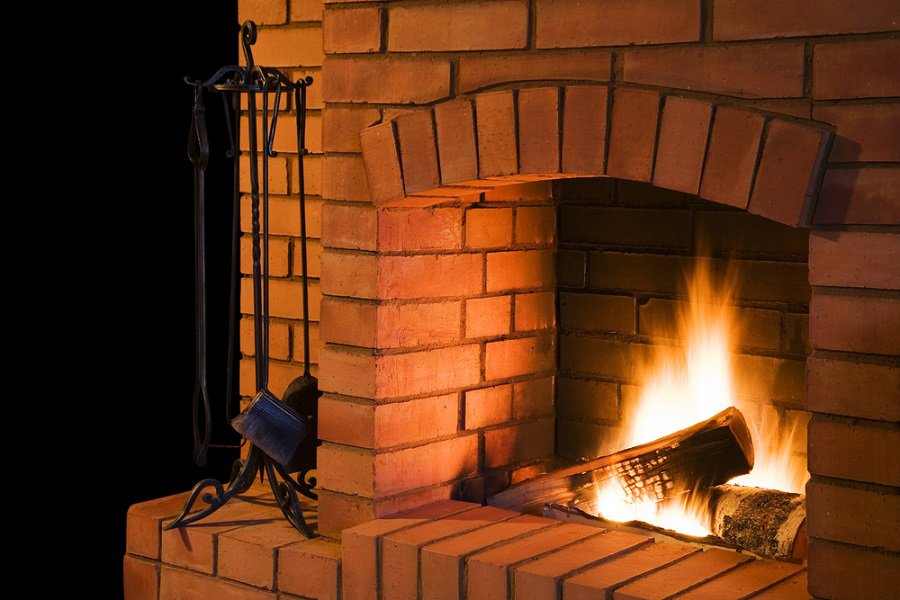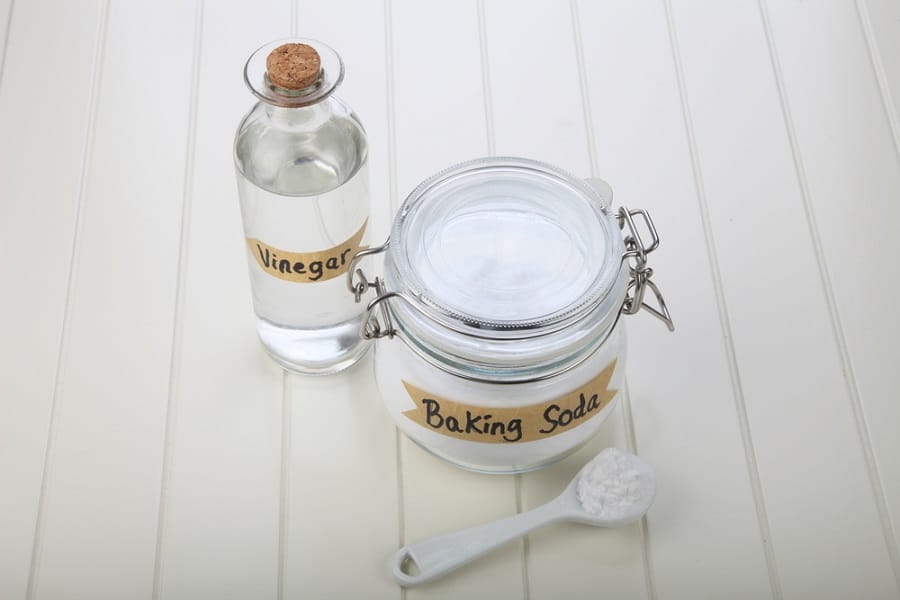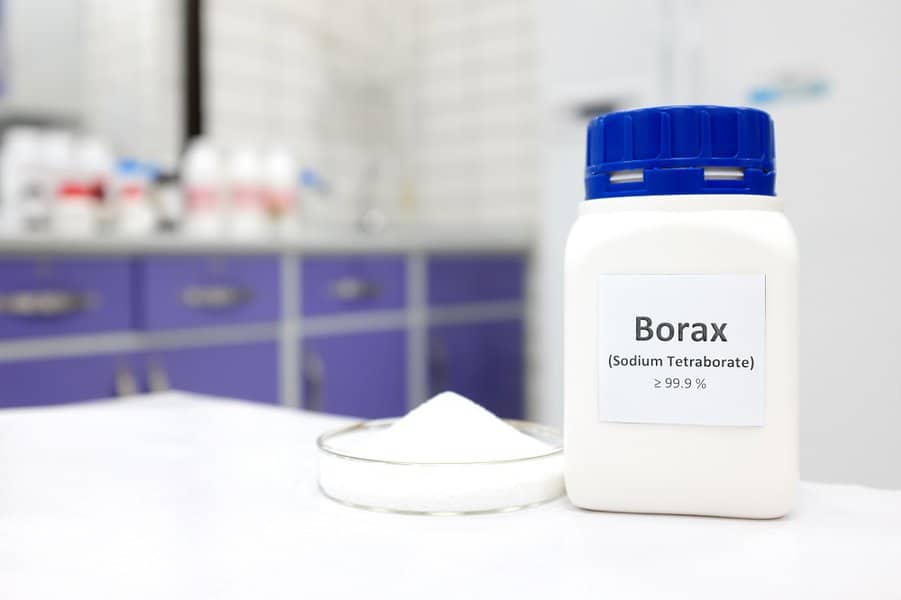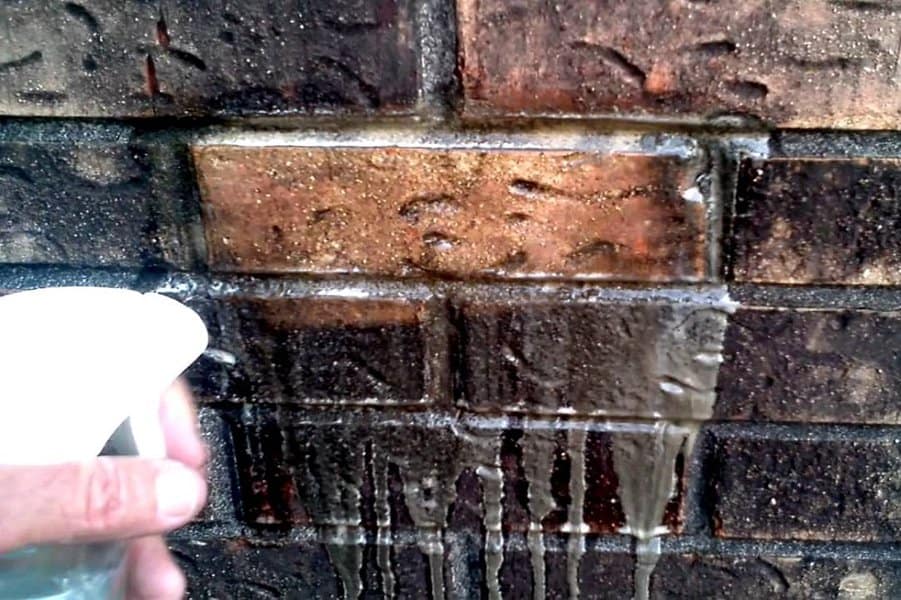
How To Clean a Brick Fireplace
Having a fireplace in your home is a desirable feature that gives your living room a natural focal point while creating a sense of warmth.
Even if you don’t use it, just having a fireplace creates a cozy feeling. However, if you use your fireplace, you will have real warmth and natural light from the fire.
Like everything else in your home, required maintenance comes along with use. You need to clean your fireplace to remove the soot and creosote that builds up on the bricks lining your firebox and the chimney shaft.
These different methods will help you know how to clean a brick fireplace.
See more about - 70 Fireplace Surround Ideas
How To Clean a Brick Fireplace: How Often Should You Clean Your Fireplace?

Before we get into all of the ways you can clean your brick fireplace, you need to know how often you should clean it. Soot buildup accumulates as you use your fireplace. This soot creates a smell that will not go away and can permeate the rest of the textiles in the room.
If you neglect cleaning for long enough, the soot will eventually cause permanent damage to the bricks and other fireplace materials.
Cleaning brick should be done once you have at least 1/8th of an inch of soot buildup. So, the more often you use it, the more often you will have to clean it.
The sooner you clean your fireplace after using it, the easier it will be to remove the soot. It is best to clean it at least once a year no matter how often you use it.
You may be able to wait a bit longer if your fireplace has sealed brick. A clean fireplace is a nice-looking one and a safe one.
Gather the Supplies

Before you get started cleaning fireplace brick, gather the supplies you will need to do the job. This will make the project go faster and easier because you won’t have to stop and run to the store every time you discover that you are missing a cleaning solution or tool.
While we will cover several different methods for cleaning soot, there are some common supplies that every method will require.
- Two buckets
- Spray bottle
- Stiff bristled scrub brush
- Two sponges
- Paper towels
- Water
- Drop cloth
- Gloves
Prepare To Clean

Before you start cleaning, you need to prepare your fireplace. Always start with a cold fireplace. The bricks in your fireplace get incredibly hot when you have a fire going. Trying to clean when the bricks are hot puts you at risk of getting burned.
Remove your grate and any remaining ashes or debris. Use a vacuum to clean up all of the loose dirt and debris. Use a stiff-bristled brush to knock any debris loose that you can then vacuum up.
Prepare the area around your fireplace by removing everything from your mantel. This reduces your work later by preventing any airborne soot from settling on your decor that you will then have to clean up later. Spread a waterproof drop cloth on the ground in front of your fireplace to protect your floors from spills and drips while cleaning.
See more about - 90 Fireplace Wall Ideas
Brick Fireplace Cleaning Methods
1. Detergent and Salt

Always start with the gentlest method when cleaning brick fireplaces. This means starting with a detergent and salt method. You will need dishwashing liquid, table salt, water, and distilled white vinegar.
Mix one gallon of warm water with two tablespoons of dishwashing liquid in one bucket and one gallon of water, and one cup of distilled white vinegar in the other bucket. Finally, fill a spray bottle with plain water.
To clean the soot stains, use the spray bottle to get the bricks wet. Getting the bricks wet before you try to clean them is a must.
Bricks are porous, so saturating them prevents them from absorbing the cleaning liquid. Preventing this is essential because you need the cleaning solution to stay on the surface of the bricks where it is meant to clean.
You also do not want the cleaning solution to remain in the bricks where it can release harmful vapors the next time you light a fire. Then dip your scrub brush into the cleaning solution and liberally distribute the salt on the bristles. Now get to work scrubbing so you can clean soot off of the bricks. Work in sections, so the bricks do not dry out.
Finish by using a sponge and your vinegar-water solution to rinse the bricks clean. The vinegar in the water removes any lingering fire smells and cuts through any soap residue.
A word of caution: people often use bleach to disinfect and clean their homes. Never mix bleach with vinegar. When combined, they create chlorine gas, which is highly toxic and can cause irreversible damage to the body.
2. Dishwashing Liquid, Ammonia and Pumice

If you struggle to remove the more stubborn stains, then you may need to step up your cleaning efforts. For this method, you will need dish soap, powdered pumice, ammonia, water, and distilled white vinegar.
First, take the cleaning solution from the previous method and add 1/4-1/2 of a cup of household ammonia. Then replace the table salt with powdered pumice.
Follow the same steps as the previous cleaning method to get clean bricks. This fireplace cleaner relies on the abrasive nature of the powdered pumice to remove the soot, so you will still need plenty of elbow grease. Be sure to ventilate the room well because the ammonia fumes can quickly become overwhelming.
3. Vinegar and Baking Soda

If you need a bit more help to remove stubborn soot and stains, then you can put the scrubbing bubbles of baking soda to work on your fireplace.
Stir together equal amounts of dish soap, table salt, and baking soda together with water to make a creamy paste. Use just enough water to blend the ingredients while still keeping it thick.
Use a cloth or paper towel to create a layer of paste over the bricks you want to clean. Leave the paste on the bricks for about ten to 15 minutes. Then use a scrub brush to work the paste over the bricks.
Work from the top down and scrub in a circular motion. If you find the paste getting too dry, you can use your water spray bottle to add some moisture. Finish by rinsing clean with your sponge and clean water bucket.
4. Borax

If the gentle abrasive and dish soap are not cutting through the soot, then it is time to take your cleaning efforts up a notch. Use your spray bottle to mix four cups of hot water with a squirt of dish soap and two tablespoons of borax.
Shake the bottle well to mix everything thoroughly. Spray the bricks to coat them and have plenty of cleaning solution on them. Use your brush to get to work removing the soot. Finish with a clean rinse and repeat the process of spraying and scrubbing until your fireplace is clean.
5. Specialty Fireplace Cleaners

If you are not interested in mixing your own cleaning solution at home, you can purchase one of the many available fireplace cleaning solutions. The most common are Quick N Brite and Spray Nine. If using an environmentally safe solution is important to you, then Quick N Brite is the solution for you. To use it, you will scrub with a brush and rinse clean when finished.
If the idea of scrubbing until your arm is sore is not appealing, then Spray Nine is your best bet. It is an ammonia-based cleaning solution that is formulated to target carbon-based stains or dirt, like soot.
6. Trisodium Phosphate (TSP) or Muriatic Acid

If the gentler methods do not work on your fireplace, then you can up your efforts to a more caustic cleaner. These are dangerous and harmful cleaners, so they should only be used on the most stubborn smoke stains.
Before using trisodium phosphate (TSP) or muriatic acid, you need to fully protect yourself and the fireplace surround. TSP will damage fabric, paint, carpet, metal, and tile.
Before you start, change your clothes so that you are wearing long pants and a long sleeve shirt. Then put on gloves, goggles, and a respirator. You do not want to risk these solutions getting on your skin even momentarily. Finally, wear protective shoes with high socks that go up under your pants.
To start, mix your cleaning solution by using MasonrySaver Safer Brick & Masonry Cleaner or TSP in a bucket according to the manufacturer’s instructions.
Most solutions require you to mix the cleaner with water. Then fill your second bucket with clean water for rinsing. Get some of the cleaning solution on your scrub brush and begin to scrub the stubborn stains.
Once you have cleaned the fireplace bricks, use a sponge to rinse the area with water from your clean bucket. Wipe the area with clean water until you have rinsed away the remaining soot and cleaning solution.
Repeat this process until you have removed all of the soot. These cleaning solutions are highly toxic and cannot be disposed of by pouring down the drain or onto the ground outside. You will need to contact your local municipality for proper and safe disposal.
7. Creosote Sweeping Fire Log

You may see fireplace logs like these Pine Mountain logs. which are sold as a fireplace cleaning solution. They are called creosote sweeping logs because they help you remove the creosote buildup. This is what builds when you burn green or less dried-out wood.
The smoke condenses at a lower burning temperature, which creates a thicker layer of gunky soot on your fireplace. They do not remove the creosote or soot just by burning the log.
When you burn the log, the chemicals that get released make the creosote flaky, and then you can easily brush or scrape it off. These logs work great for maintenance cleaning if you use your fireplace a lot.
However, they do not replace the need for your once-yearly chimney cleaning. Depending on how often you use your fireplace, you can burn one of these logs once a month or a week and enjoy relatively clean fireplace brick year-round.
See more about - How To Build An Outdoor Fireplace – 10 DIY Outdoor Fireplace Ideas

